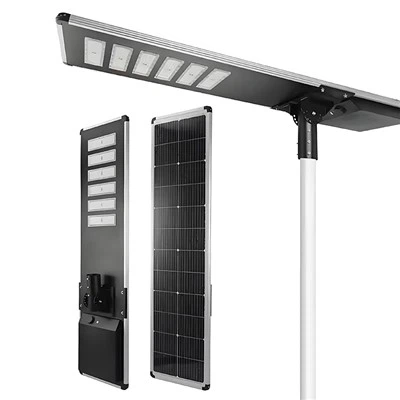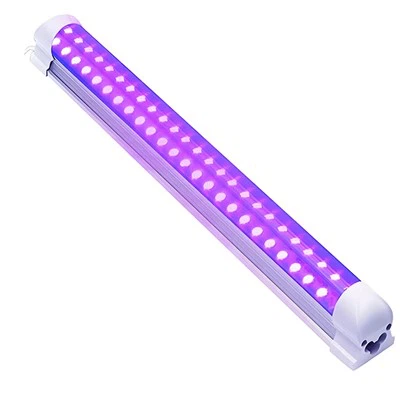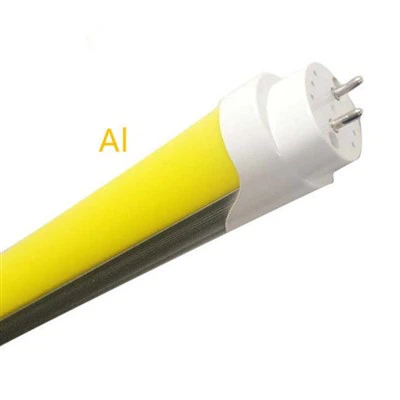When it comes to growing plants indoors using LED lights, one of the most common questions is whether white or yellow LED lights are better. The answer, as with many things related to growing plants, is somewhat complex and depends on a range of factors.
First, it's important to understand that "white" and "yellow" lights aren't really separate categories of LED lights. Typically, white LED lights are a combination of blue and red lights that together appear white to the human eye. On the other hand, "yellow" lights are typically warmer, with more red and orange wavelengths.
That being said, the general consensus among plant growers is that plants do best under a combination of blue and red wavelengths of light, which are important for photosynthesis. This is why many LED grow lights are designed to emit light in this specific spectrum, often referred to as "full spectrum."
Yellow lights, while not as ideal as blue and red for plant growth, can still be beneficial. They tend to promote flowering and fruiting in plants, which makes them a good choice for those who are growing fruiting plants or those who want to encourage their plants to flower.
In general, then, the best approach is to find LED lights that offer a combination of blue, red, and yellow wavelengths. Some LED grow lights are designed specifically for this purpose, and they can be a great investment for indoor gardeners who want to provide their plants with optimal growing conditions.
However, it's also worth noting that other factors can impact plant growth under LED lights, such as the distance between the plant and the light source, the duration and intensity of the light exposure, and the specific species of plant being grown. For this reason, it's always a good idea to do research on the specific needs of the plants you're growing, and to adjust your lighting setup accordingly.
In conclusion, while blue and red LED lights are generally considered the best for plant growth, yellow lights can also be beneficial under certain circumstances. Finding a combination of these wavelengths, as well as optimizing other factors such as distance and duration of light exposure, can help indoor gardeners to provide their plants with the best possible growing conditions.






